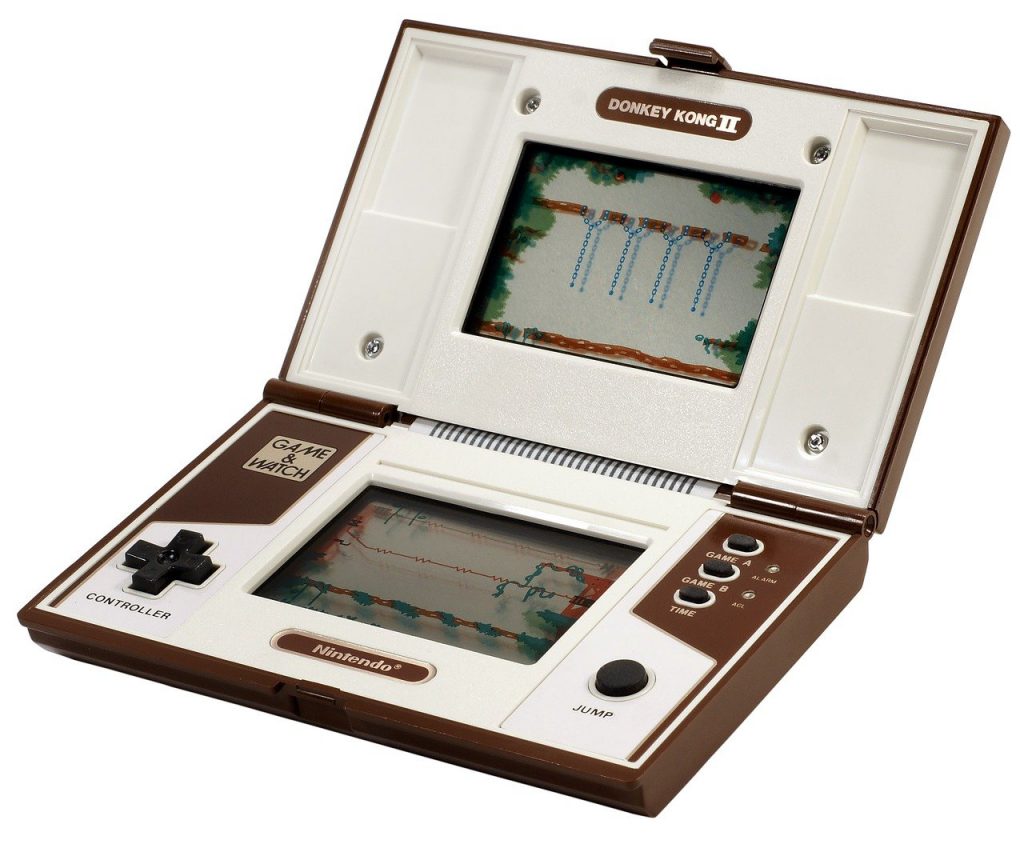Lack of sufficient budget and inadequate staffing, those are among the top challenges CISOs report when surveyed.
Oddly enough? No one ever asks CISOs what they have too much of.
With that one question, Gunpei Yokoi created the handheld video game console market. The Nintendo game designer was behind the Game & Watch and Game Boy. He called his combination of disciplined focus on play and radical use of legacy components “lateral thinking with withered technology.”
It’s a philosophy with repercussions for security leaders.
Withered Technology
When Yokoi spoke of withered technology, he meant technology which had matured to the point where it was plentiful, affordable, and well-understood.
The Nintendo Game & Watch series was built on an advantage in the market which Sharp and Casio’s competition created. These two companies emphasized leading edge technology. The result was older black-and-white LCD calculator screens where readily available at a very low cost. Yokoi embossed the screen to compensate for manufacturing imperfections. To get color? Yokoi had colored lines printed on the embossed screen. This also reduced the need for lighting up the entire display, saving battery and extending game play.
The first way to apply Game & Watch thinking is finding similarly seasoned technology in our security stack. We might not have budget for an advanced user behavior analytics platform with machine learning. But we do have a logging platform. How far can we take what we have? Find the correlation-and-alerting equivalent of embossed-and-painted calculator screens.
A deeper way to apply Yokoi’s philosophy returns to the question: what do we have in abundance? I once collaborated with an organization that had built out an access review and certification process in IT service management. Why? Well, they had extra ServiceNow licenses. Abundance isn’t only technology, however, it can also relationships. I know another organization with strong relationships with marketing and corporate communications, who used this to great effect, producing a slick internal campaign which drove adoption of password vaulting.
In one context, it is withered. In another context, it is ripe. The trick is to see a new context.
Lateral Thinking
As a discipline, lateral thinking offers several methods for seeing things differently. One that comes to mind when studying Yokoi is the provocation and movement technique.
The first step is stating a provocation. This statement can negate the status quo, change the logical order of things, or exaggerate an aspect of the strategy. If our current security model depends upon network visibility, for example, one provocation would be “our defense doesn’t require anything from the network.”
The second step is determining how we move from our current thinking towards a context which satisfies the provocation. The general path is to extract a principle, focus on the difference between the contexts, imagine a movement to close the gap. Using the above example, that may be “we shift monitoring from the network to the endpoint.”
The Game & Watch version of Donkey Kong offers a perfect example of provocation and movement. The arcade version of Donkey Kong required a joystick. The variable resistance joysticks used in arcades required bulky potentiometers. The provocation is an exaggerated arcade joystick taped onto a Game & Watch. The underlying principle is up/down and left/right movement.
The resulting move was to create the plus-shaped cross control pad. These controls require only four buttons, fit the Game & Watch, cost a thousandth of an arcade joystick, and became Yokoi’s most widely copied innovation.
Ripening on the Vine
Yokoi’s “lateral thinking with withered technology” principle culminated in the Nintendo Game Boy. Released in 1989, it had a cross control pad and a black-and-white LCD. The processor was from the 1970s. Specifically, Sharp’s response to the Intel 8080 and Zilog Z80. In every way, the Game Boy was under-powered compared to the competition.
The Game Boy went on take the market, and to sell 119 million units. It remained Nintendo’s highest selling game system for nearly two decades. Nintendo DS finally overtook the Game Boy in 2016. And withered technology? Withered won.
Gunpei Yokoi began at Nintendo as a maintenance man working the assembly line. He once said, “I don’t have any particular specialist skills. I have a sort of vague knowledge of everything.” His strength was finding strengths in areas others overlooked, then strategically applying them to great advantage.
When determining how best to protect the organization, think like Yokoi, and look for areas of abundance ripening on the vine. Calculator screens, surplus processors, existing technology, working processes, strong relationships. Identify strengths. Be provocative.

This article is part of a series on designing cyber security capabilities. To see other articles in the series, including a full list of design principles, click here.
Posted by